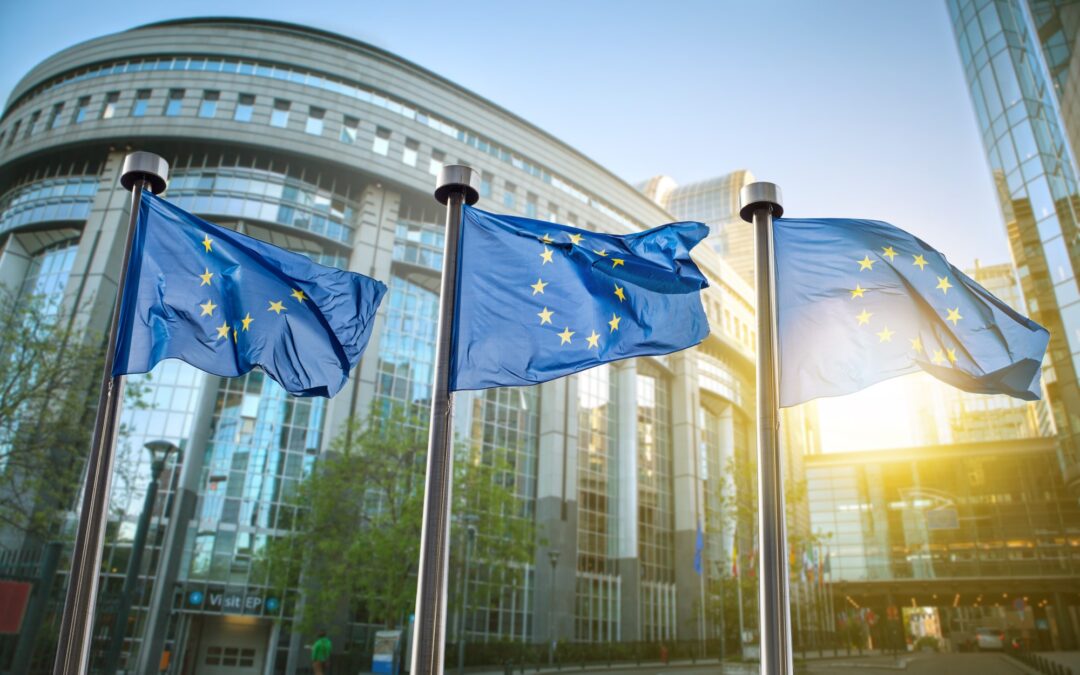The European Commission has published a report analyzing the development and current challenges in the EU’s rural regions. This report is an integral part of the EU’s long-term strategy for rural areas and highlights the progress made since 2021, particularly in the area of digital connectivity and the promotion of digital skills in rural communities. It also outlines future measures and projects to further strengthen these regions.
Rural regions account for 83% of the European Union’s territory and are home to almost a third of the European population. These regions therefore play a crucial role in the social, economic and ecological fabric of Europe.
In June 2021, following extensive consultation, the European Commission presented its long-term vision for the EU’s rural areas until 2040. This vision was formulated in response to President Ursula von der Leyen’s initiative in 2019 to highlight the importance of rural areas and strengthen their development potential.
On March 27, 2024, the European Commission published a first progress report on the long-term vision for the EU’s rural areas. The report focuses on the achievements made since 2021 in implementing the vision. It shows, among other things, that the number of people with basic digital skills in rural areas is increasing, but the gap compared to cities remains.
The report also outlines ideas for future work priorities. The overarching goal is to create stronger, connected, resilient rural areas and communities that can meet the challenges of the 21st century.
To this end, the report presents 30 measures from various policy areas, nine of which have already been completed. These measures range from promoting digital connectivity and infrastructure development to strengthening social and economic participation in rural regions.
The full report and the European Commission’s press release are available online.

